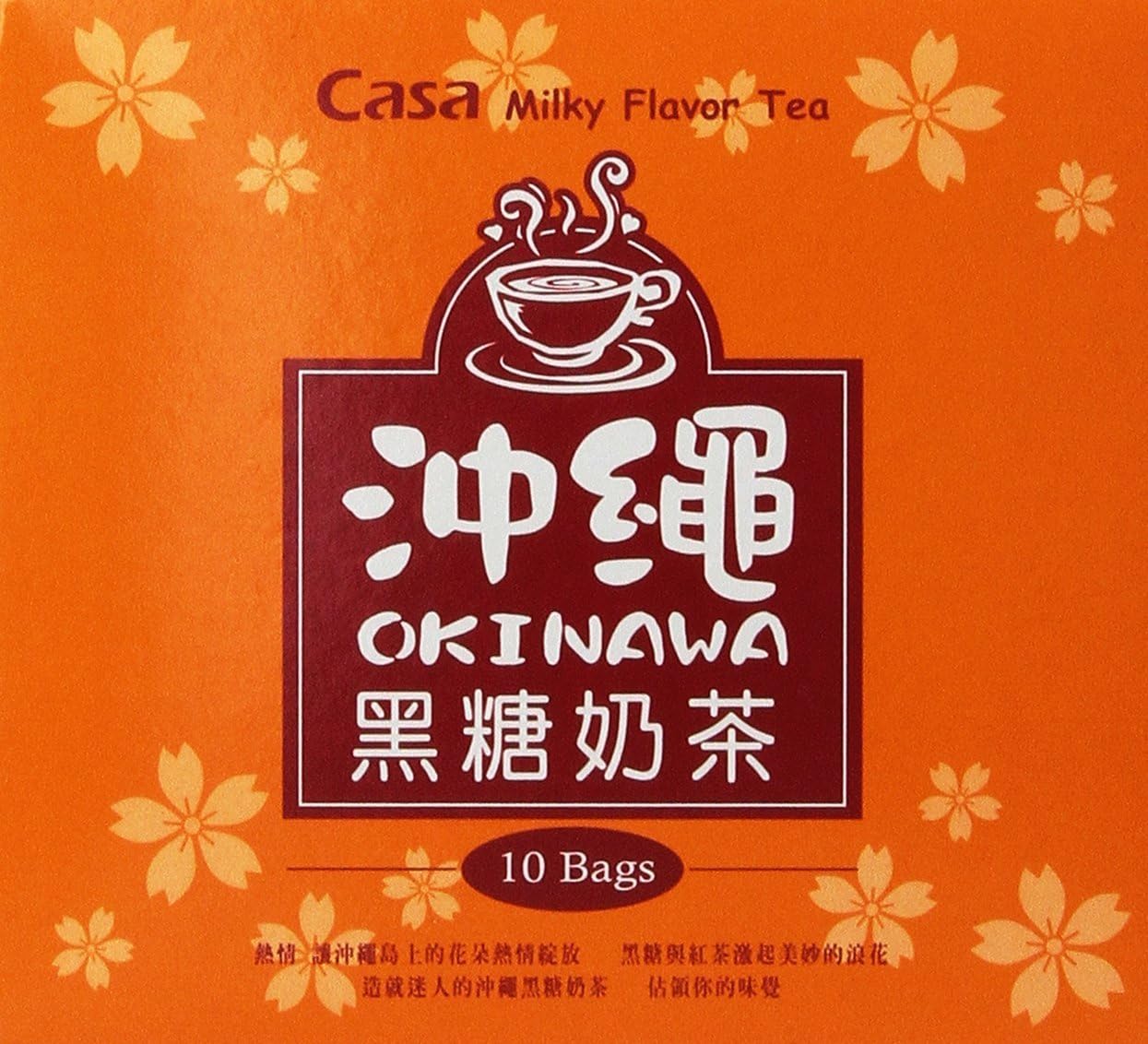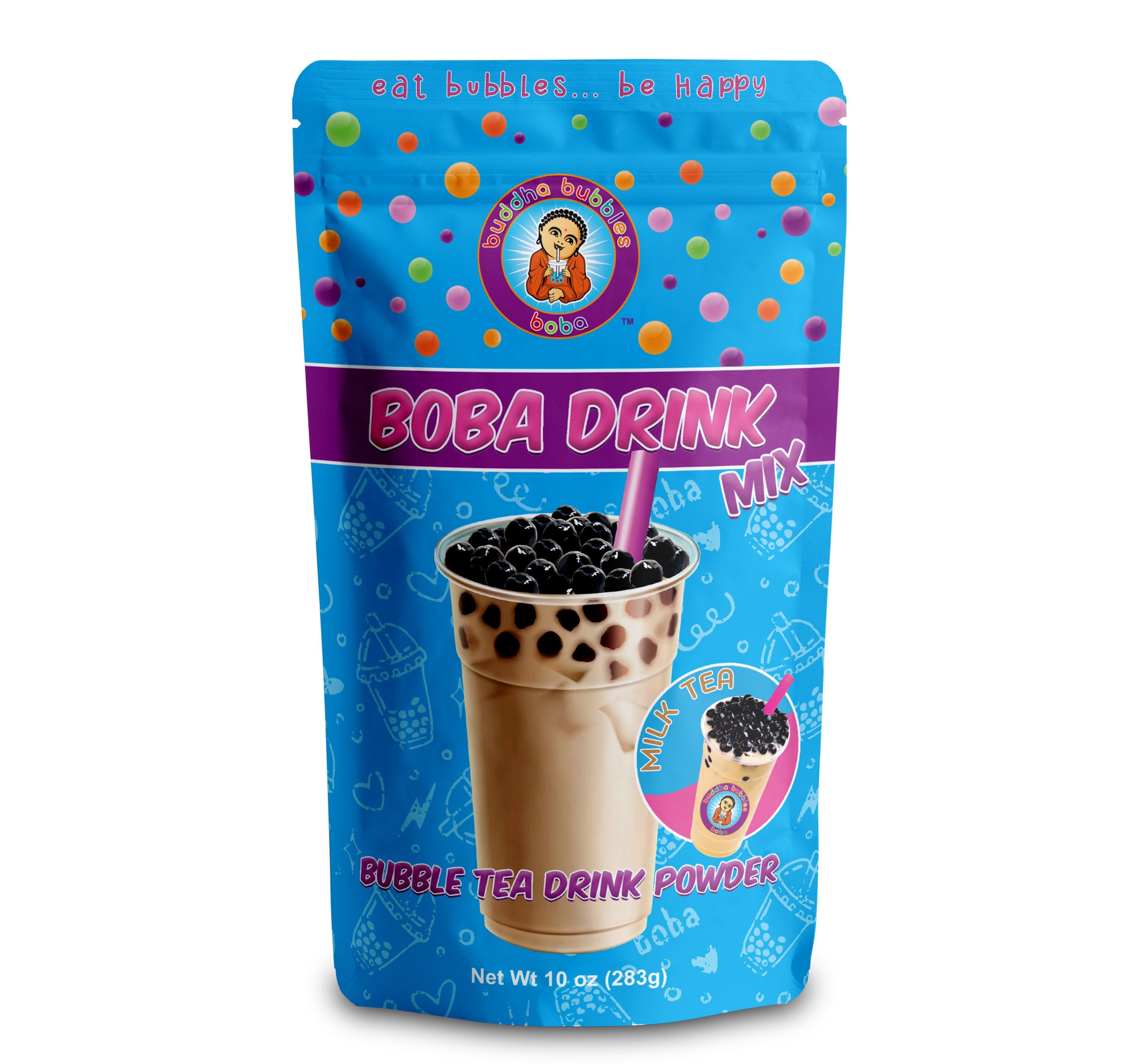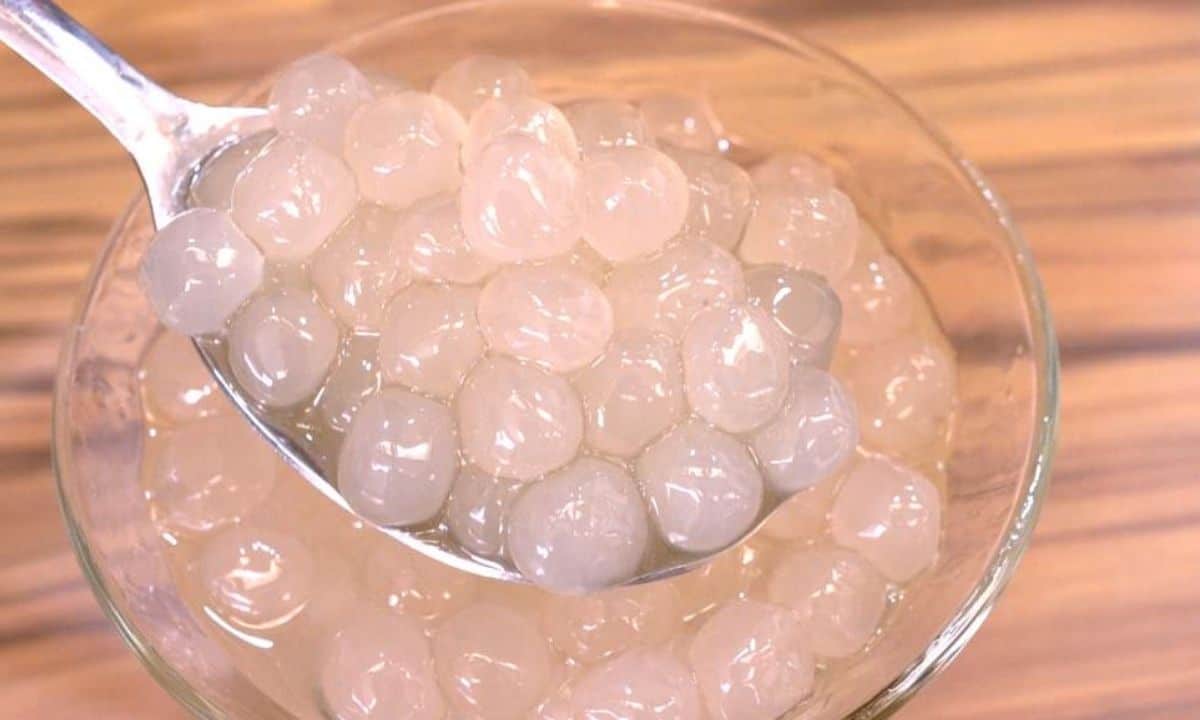Unlocking the Secrets of Okinawa Milk Tea: Health Benefits, History, and Recipes!
– Okinawa milk tea originates from the Okinawa region of Japan
– Made with black tea, milk, and sweetener, specifically Okinawa brown sugar
– Can be served hot or iced
– Can be enjoyed with or without tapioca pearls
– Okinawa brown sugar is unique to Okinawa and has high vitamin and mineral content
– Substitute sweeteners for Okinawa brown sugar include toasted sugar, molasses, or regular brown sugar
– Loose leaf black tea, whole milk or plant-based milk, and sweetener used to make Okinawa milk tea at home
– Ratio of tea leaves to water is approximately one teaspoon of tea leaves for every six ounces of water
– Caffeine content in Okinawa milk tea depends on factors such as the type of tea leaves used, water temperature, and steeping time
– Other popular types of milk tea include Hokkaido milk tea, Hong Kong milk tea, and boba tea
– Hong Kong milk tea is flavored with tapioca pearls
– Thai tea is made with tea, milk, and sugar and can be flavored with various ingredients
– Tea lattes are made with tea and steamed, frothed milk, popular versions include matcha lattes, chai lattes, and London Fog lattes
– Masala Chai is made with black tea, milk, honey, and spices
– British milk tea is typically served with milk and sometimes sweetener, using breakfast blends like Irish Breakfast and English Breakfast
– Methods for making Okinawa milk tea include using a teapot, tea infuser, or tea filter
– Recommended water temperature for steeping is boiling water
– Recommended steep time is three to five minutes
– Sweeteners that can be used include traditional Okinawa brown sugar, toasted sugar, molasses, or regular brown sugar
– Optional addition to Okinawa milk tea is tapioca pearls
– Caffeine content in Okinawa milk tea is about half as much as a cup of coffee
– Factors influencing caffeine content include leaf size, tea varietal, water temperature, and steep time
– Distinction between Okinawa milk tea and Hokkaido milk tea is the use of Hokkaido milk and Okinawa brown sugar, respectively


